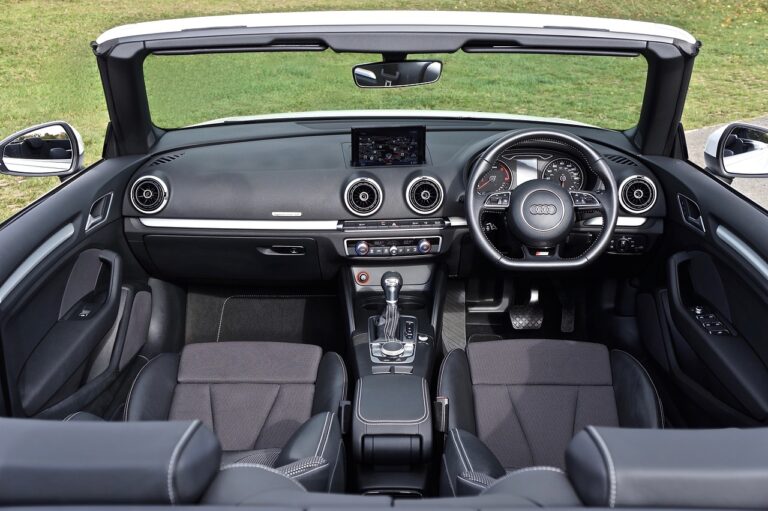The Influence of Urban Design on Promoting Active Transportation Options
Active transportation in urban areas offers a myriad of benefits to individuals and the community at large. By choosing to walk or cycle instead of relying on vehicles, individuals can improve their physical health through regular exercise. This form of transportation also helps reduce air pollution and traffic congestion, leading to a cleaner and less congested urban environment for everyone.
Furthermore, incorporating active transportation into daily routines can foster a greater sense of community engagement and social interaction among residents. Walking or cycling allows individuals to interact with their surroundings in a more intimate way, potentially leading to stronger community ties and a greater appreciation for the local environment. Embracing active transportation in urban areas not only contributes to individual well-being but also creates a more sustainable and vibrant urban landscape for all to enjoy.
Challenges of Implementing Active Transportation Initiatives
One significant challenge in implementing active transportation initiatives in urban areas is the lack of adequate infrastructure to support walking and cycling. Many cities were designed with a strong focus on automobiles, leading to limited sidewalks, unsafe intersections, and inadequate bike lanes. Retrofitting urban environments to accommodate active transportation can be costly and time-consuming, requiring extensive planning and coordination among various stakeholders.
Another obstacle is the resistance from residents and local businesses who may be accustomed to car-centric lifestyles. Encouraging a shift towards active transportation modes requires changing ingrained habits and mindset, which can be met with skepticism and pushback. Additionally, concerns about potential disruptions to traffic flow and parking availability often hinder the implementation of initiatives aimed at promoting walking and cycling in urban areas.
Importance of Walkability in Urban Design
When designing urban spaces, prioritizing walkability is essential for creating more livable and sustainable environments. Walkable neighborhoods promote physical activity, reduce reliance on cars, and contribute to a sense of community. By ensuring that essential amenities such as shops, schools, and parks are within walking distance, urban planners can encourage residents to engage in active modes of transportation, leading to healthier lifestyles and lower carbon emissions.
Incorporating features like wide sidewalks, pedestrian-friendly crossings, and well-connected pathways not only make walking a more appealing option but also enhance the overall safety and accessibility of urban areas. Additionally, designing streetscapes that are visually appealing and inviting can help foster a sense of place and encourage people to spend more time outdoors, further strengthening social connections and boosting local businesses. Prioritizing walkability in urban design not only benefits residents’ physical and mental well-being but also contributes to creating vibrant and inclusive communities.





